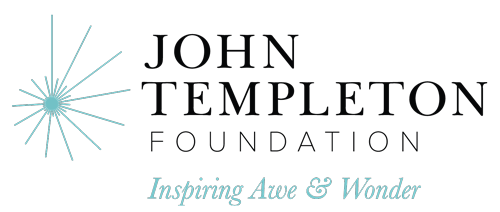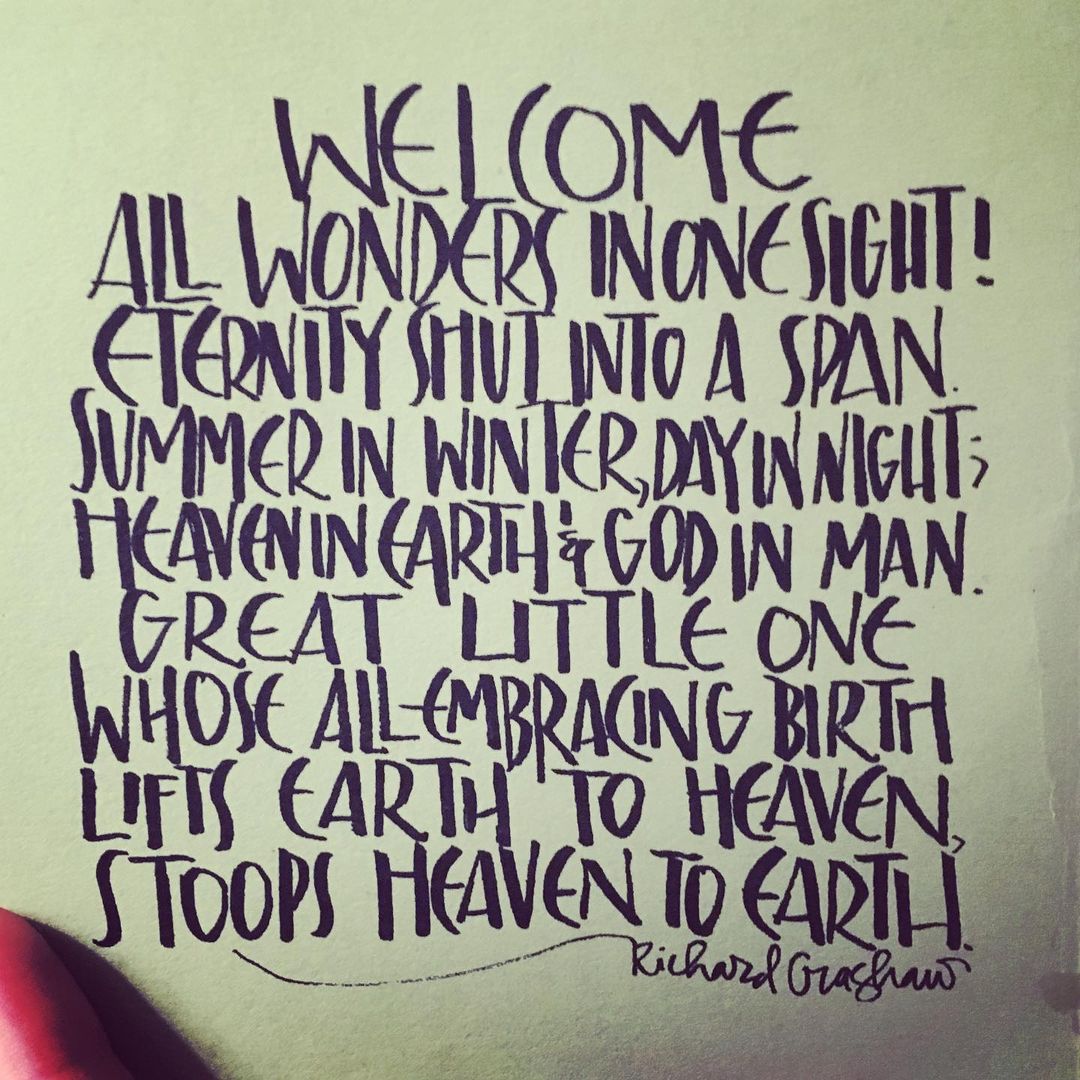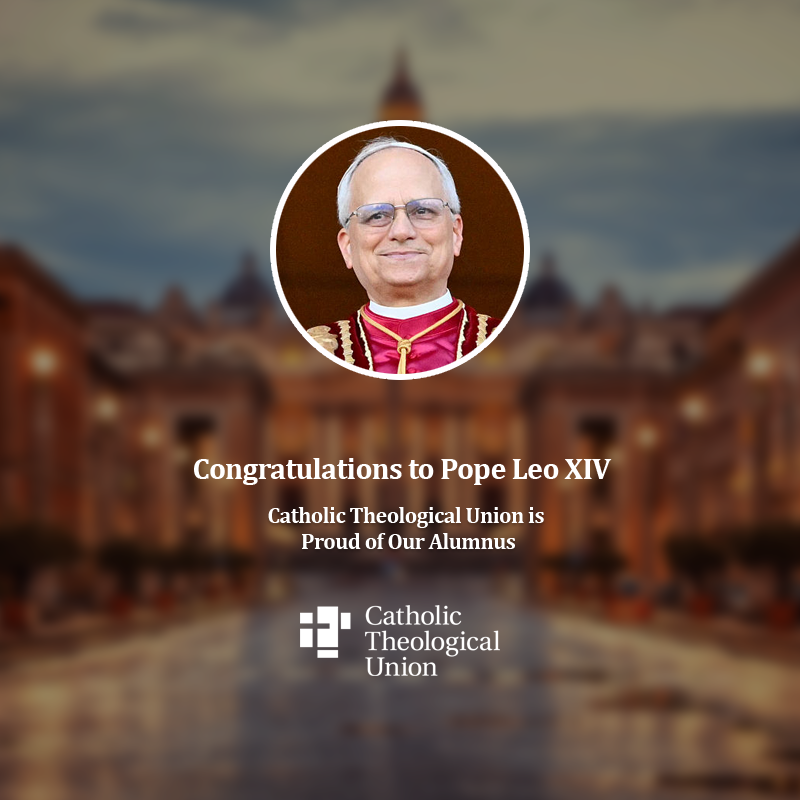Possible Preaching Themes
Possible Scientific Resources
- Signs in the natural world
- Neuroscience and Psychology of dreams
- Plants as communicators
- Neuroscience has only scratched the surface of how the brain makes sense of dreams and the complex pathways they take in the brain. As one form of communication frequently used in the scriptures, the neuroscience of dreams might help us to understand how God uses them as forms of communication. https://www.scientificamerican.com/article/the-science-behind-dreaming/
- Psychology: Changes in the brain may happen as we sleep and dream, with various parts of our physiology contributing to the processing of memory, new information and our overall well-being https://greatergood.berkeley.edu/article/item/why_your_brain_needs_to_dream
- Sleep may be an opportunity for our brains to act in a sort of “dishwasher cycle” to – literally – flush out toxins. https://www.npr.org/sections/health-shots/2013/10/18/236211811/brains-sweep-themselves-clean-of-toxins-during-sleep
- Psychologist Deirdre Barret offers some thoughts on dreams and evolutionary psychology in a brief podcast from the American Psychological Association https://www.apa.org/news/podcasts/speaking-of-psychology/science-of-dreaming
- Plant communication: The communication of plants with one another is field of research in eco-science that presents some fascinating theological prospects for how the natural world may praise its creator and communicate with human beings. https://www.biotechniques.com/biochemistry/how-plants-talk/
- There is fascinating research on how trees develop sophisticated forms of communication, even alerting other trees of danger https://www.themarginalian.org/2016/09/26/the-hidden-life-of-trees-peter-wohlleben/
- In-Depth Resource: Suzanne Simard’s Finding the Mother Tree is as fascinating as it is accessible to the lay ecologist: https://www.amazon.com/Finding-Mother-Tree-Discovering-Wisdom/dp/052565609X
Homily Outline Combining Resources
Homily Outline combining the sources:
- Signs: Many of the lectionary readings during Advent reveal “signs” that are heralding the coming Messiah. From eschatological depictions of the Parousia to John the Baptist to the Virgin with child, the coming incarnation of Jesus is a way paved with “signs” that increase in specificity as the weeks go by.
- Today is no exception, but preachers would do well to think outside the box as to the “signs” that are being revealed, asking if such signs might, indeed, have a greater repertoire than we commonly perceive.
- Isaiah: Today’s first reading from Isaiah begins with God inviting Ahaz to ask for a sign that is located within the earth’s ecological framework (“deep as the netherworld or high as the sky!”). If indeed “the whole creation groans in labor pains” (Rom. 8:22), then it stands to reason that the natural world around us might participate in the anticipatory signs of the incarnation as well.
- We do not normally think of the natural world as having the capacity to do this, but growing ecological research is developing hypotheses that the natural world may have greater facility to communicate than once believed.
- Suzanne Simard in her book Finding the Mother Tree was initially mocked for her scientific research on the ecology of trees, specifically their ability to communicate with one another within forests through mycorrhizal networks below the surface of the ground. However, as continued work in this area comes to light, the ability of forests to communicate in complex ecological systems is gaining steam.
- If “communication” can happen between plants (in this case, trees), why could such “communication” not also provide some of the “signs” that are promised as harbingers of the incarnation? The theme is, likewise, echoed in the psalm for today, in which the whole creation is summoned to greet the coming king as he enters. So many of Advent’s “signs” – like the root system of a forest or a dream – are happening “below the surface” of what can normally be perceived.
- Joseph’s dream and neuroscience: The most obvious “sign” in today’s readings is that which is provided to Joseph regarding the Virgin Mary and her child. Preachers are cautioned to be careful about new-age dream-interpretation; that is not what this reading is about, and one is warned to steer clear of those who would trust in dreams rather than God. Instead, a careful and sober look at the neuropsychology of dreams is a fascinating – and fluid – entryway to how our brains process information and, in this case, a sign (the dream) from God.
- Medical science has long postulated on how dreams operate within the brain’s complex system of memory and thought.
- “Dreams” as a whole are something that appear often and with profound meaning throughout the scriptures (Joseph, Samuel’s call while he sleeps, even in Acts as the Spirit comes to animate and call forth new dreams).
- To dismiss them outright is neither faithful to the scriptures nor faithful to the sciences that are discovering how the brain uses dreams to make sense of the world around us.
- The ancillary question concerns what is “real” and what is not. Are such boundaries always as determined as we often think, or is science able to show us that what is so often dismissed is simply something we do not yet understand?
- Is not the same true of the prophetic “signs” that are revealing themselves during Advent’s readings to herald the coming incarnation?
- Implications: Pope John XXIII famously spoke about “reading the signs of the times” when he officially convoked the Second Vatical Council https://www.laciviltacattolica.com/reading-the-sighs-and-signs-of-our-times/
- More recently Pope Francis called upon us to use intelligence to understand the signs of the times https://www.catholicnewsagency.com/news/28543/pope-francis-use-intelligence-to-understand-signs-of-the-times
- The sciences help us use those intelligences to read these many prophetic signs afoot in the liturgy and in the world.
- But “reading” and “interpreting” are not enough. Our gospel reading of today’s signs then compels us, as our opening Collect today instructs, to “resolve to run forth to meet [the] Christ with righteous deeds at his coming.”
- Such righteous deeds truly help us to prepare for the way of the Lord.
Related Homily Outlines
Couldn’t find what you’re looking for?
Try searching with another filter

Preaching with Sciences

Edward Foley, Capuchin
Duns Scotus Professor Emeritus of Spirituality
Professor of Liturgy and Music (retired)
Catholic Theological Union
Vice-Postulator, Cause of Blessed Solanus









